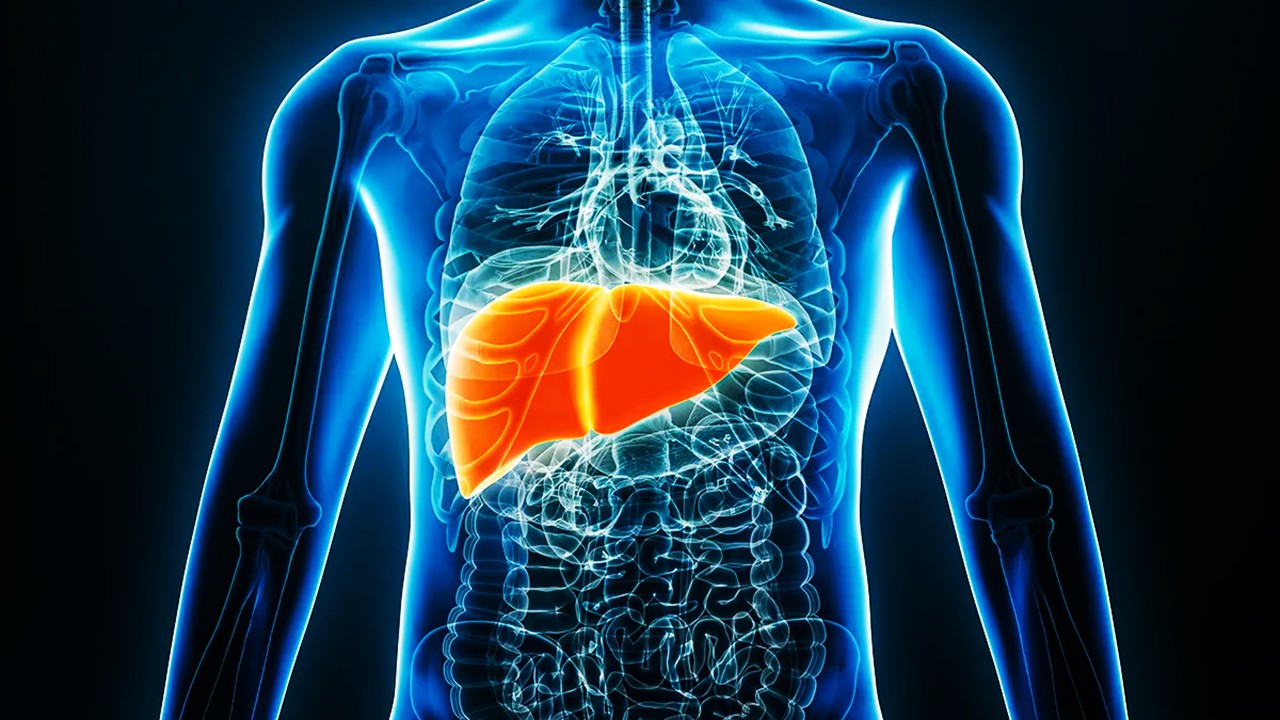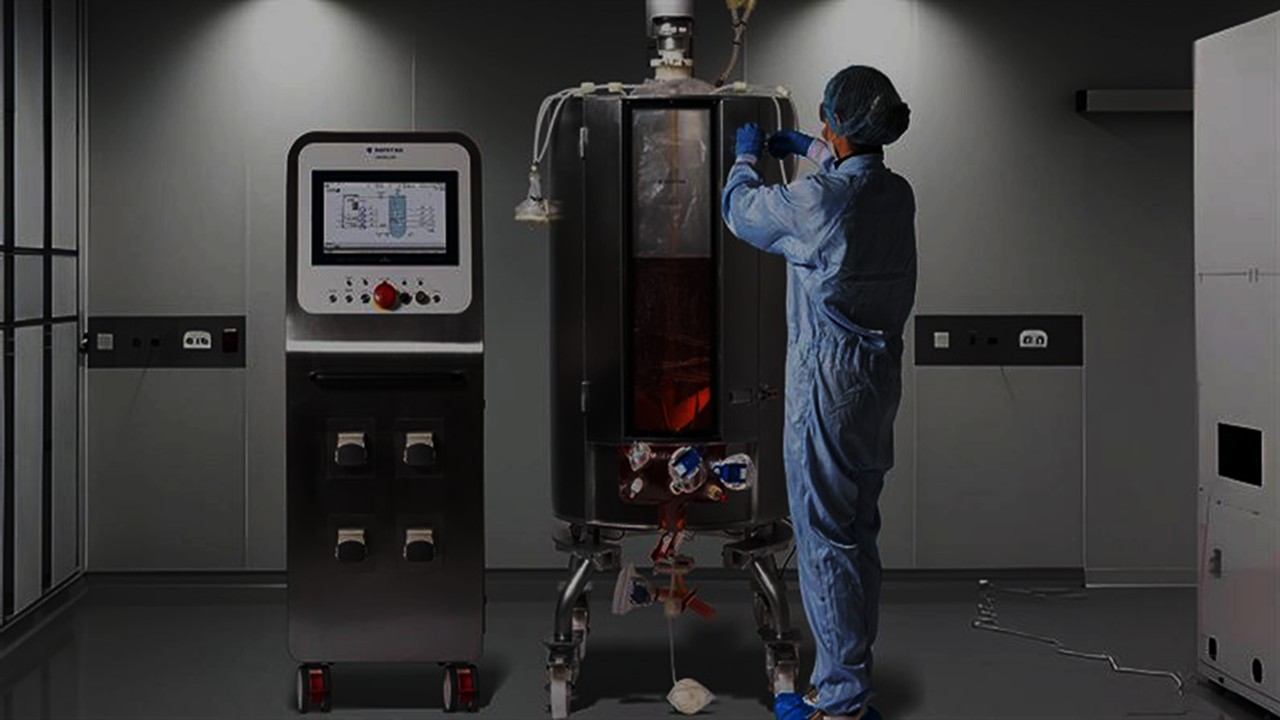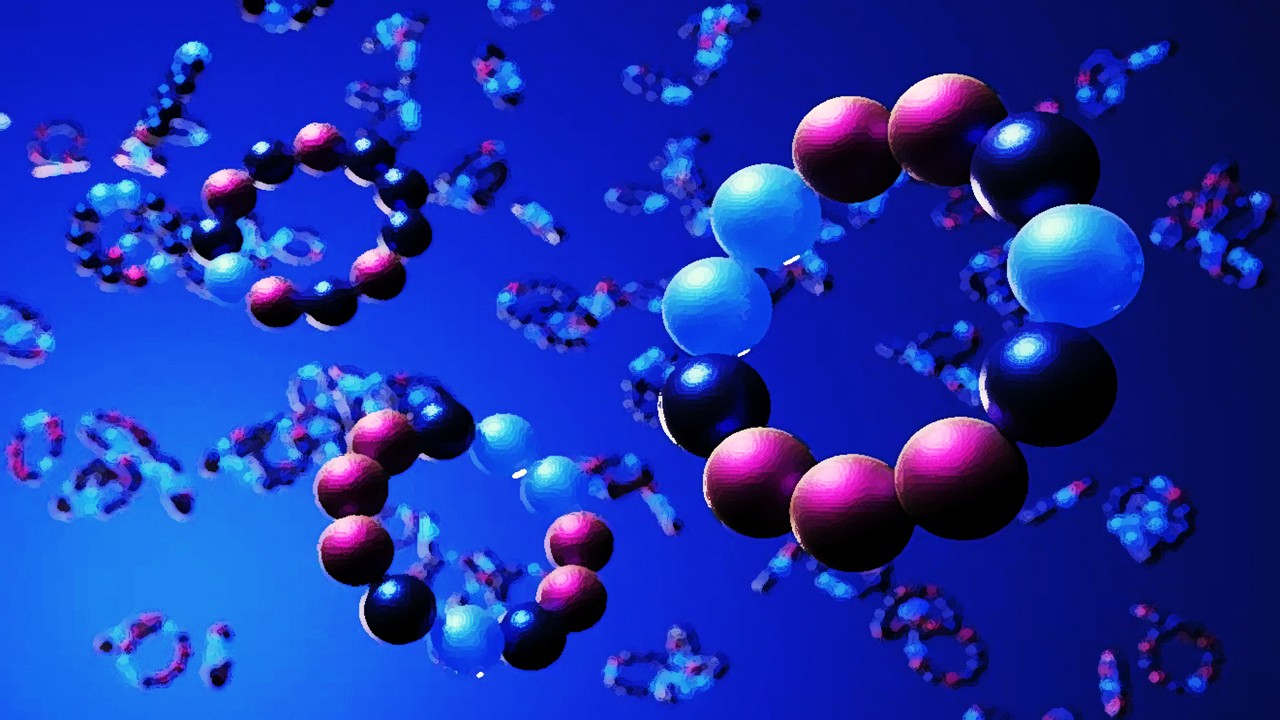The Molecular Mask of Hepatitis C: Glycans and Their Immunological Ambiguity
The hepatitis C virus (HCV) presents a formidable challenge to immunological defenses not only because of its rapid mutation rate, but also due to its heavily glycosylated envelope proteins. These glycans, strategically placed on the E1 and E2 glycoproteins, serve as a molecular camouflage, shielding key epitopes from antibody recognition. The virus exploits this glycan shield to elude neutralizing antibodies, mimicking host glycosylation patterns to blend into cellular landscapes. Yet, this same shield poses a paradox for vaccine development: the epitopes crucial for broad neutralization are frequently obscured beneath layers of glycan complexity. Decoding this glycan architecture—without dismantling antigen stability—is central to designing effective prophylactics.
Glycans are not inert decorations but dynamic participants in protein structure and function. N-linked glycans on E1 and E2 not only shape the tertiary folding of the proteins but also influence receptor binding and immune accessibility. However, conventional protein expression systems such as HEK293 or wild-type CHO cells introduce considerable heterogeneity in glycan composition. The resulting biochemical inconsistency across vaccine batches complicates immune profiling and impedes consistent elicitation of broadly neutralizing antibodies (bnAbs). Hence, precision in glycan engineering becomes a prerequisite—not a luxury—in viral antigen production.
This antigenic ambiguity has long plagued vaccine candidates targeting HCV. The presence of over ten glycosylation sites on E2 alone contributes to a sea of glycoforms that can diverge both within and between batches, compromising epitope exposure and reproducibility of immune responses. Studies have shown that even minimal shifts in glycan topology can dramatically alter antibody affinity and antigen uptake. In such a high-stakes biochemical context, small sugars wield big consequences, modulating the immune system’s interpretation of “self” versus “non-self.”
The immune system’s interaction with viral glycoproteins is not merely a question of presence but of context. Glycans flanking the E2 antigenic face can modulate the accessibility of epitopes critical for neutralization, steering antibody maturation toward non-neutralizing or weakly neutralizing responses. This phenomenon creates a selective pressure on the virus to maintain glycan configurations that divert the immune system from more vulnerable sites. As such, an ideal vaccine would strategically strip or reformat these glycans to recalibrate immune targeting.
To achieve such fine-tuned immunological presentation, vaccine designers must transition from using cells that randomly decorate proteins with varied sugars to glycoengineered platforms. These engineered lines impose a defined glycosylation profile on the antigen, potentially improving both epitope exposure and manufacturing consistency. With the rise of glycoengineering, particularly using mammalian cell lines tailored to specific glycan outputs, the field is beginning to explore the prospect of glycan precision as an axis of antigen optimization. Glycobiology has moved from a fringe consideration to the epicenter of rational vaccine design.
Designing Homogeneity: The Advent of Glycoengineered CHO Cell Lines
Standard bioproduction platforms like CHO and HEK293 cell lines are robust but inherently chaotic when it comes to glycosylation. Their glycosylation machinery, though mammalian in origin, lacks the discipline required to generate consistent antigenic profiles. Each batch yields a diverse population of glycoforms, differing in size, sialylation, fucosylation, and branching, creating a biochemical cacophony. In the context of the HCV E2 ectodomain, such variation leads to erratic epitope presentation and unpredictable immune responses. The inconsistency risks not only diminished potency but also the unintentional elicitation of off-target or even detrimental antibodies.
To address this, researchers developed glycoengineered Chinese hamster ovary (geCHO) cell lines through targeted knockouts and knock-ins of 17 key glycosyltransferase genes. These alterations allowed them to fine-tune the enzymatic landscape of the host cells, dramatically narrowing the range of glycan structures imparted onto secreted proteins. The resulting antigens exhibit near-uniform glycosylation, effectively creating biochemical monoliths in place of the usual patchwork. In effect, this transforms glycoengineering from a theoretical ideal into a scalable biomanufacturing strategy. For the hepatitis C E2 glycoprotein, this precision is more than an improvement—it is transformative.
In the current study, twelve geCHO sE2 variants were initially screened, and two were selected for deeper characterization: geCHO.sE2.1 and geCHO.sE2.7. These candidates exhibited superior expression and enhanced binding to known bnAbs AR3A and HC84.26. Importantly, the selected glycoforms were small and consistent—geCHO.sE2.1 carried predominantly monoantennary, non-sialylated glycans, while geCHO.sE2.7 bore biantennary sialylated structures. Such compositional consistency translated into narrower protein bands on SDS-PAGE and sedimentation peaks on ultracentrifugation—biophysical proxies for molecular homogeneity. These properties suggest that the geCHO cell lines successfully mitigate the heterogeneity that has long confounded recombinant vaccine production.
Biochemical homogeneity is not merely an aesthetic metric; it underpins how antigens interact with immune effectors. Homogeneously glycosylated sE2 antigens display uniform behavior in analytical ultracentrifugation, suggesting that they maintain consistent hydrodynamic radii and sedimentation coefficients across the population. This is a key indicator of conformational uniformity, which is essential for maintaining epitope fidelity across vaccine batches. The tighter peaks and reduced minor species observed in geCHO.sE2.1 profiles imply fewer multimers or misfolded forms—a crucial advantage for maintaining antigen stability and predictable immune engagement.
Beyond manufacturability, geCHO-engineered antigens offer a clean system for dissecting glycan-specific effects. In native CHO or HEK lines, teasing apart the influence of any single glycan is nearly impossible due to structural overlap and biosynthetic noise. With geCHO platforms, researchers can now map antibody affinity, receptor interaction, and neutralization potency to distinct glycan signatures with high confidence. This lays the foundation for rational antigen tuning based not on guesswork, but on precise glycobiological data.
Biochemical Fidelity and Immunogenic Performance: A Tale of Two Glycoforms
The two glycoengineered antigens, geCHO.sE2.1 and geCHO.sE2.7, offered a rare opportunity to disentangle how discrete glycan structures influence antigen functionality. Biochemically, these two forms displayed notable distinctions in receptor engagement and epitope exposure despite sharing identical protein backbones. Notably, while both forms bound bnAbs with high affinity, geCHO.sE2.7 showed dramatically reduced binding to the CD81 receptor—a key molecule involved in viral entry. This unexpected divergence highlights how even subtle differences in glycan mass and branching can obstruct receptor access without necessarily destabilizing the antigen. It underscores the delicate molecular choreography required when reengineering glycoproteins for immunological precision.
The binding discrepancy was not attributable to misfolding or degradation, as both antigens retained high monodispersity and were free of aggregates. Western blotting under non-reducing conditions revealed a more defined banding pattern for geCHO.sE2.1, reinforcing the conclusion that its glycan profile enforces biochemical uniformity. Analytical ultracentrifugation further confirmed that geCHO.sE2.1 is the most homogeneous of all tested variants, with narrow peaks corresponding to consistent sedimentation behavior. In contrast, CHO and HEK sE2 displayed wider peak distributions and multiple species, a consequence of glycoform diversity. These results emphasize that size alone does not dictate immunogenic quality—it’s the structural consistency imparted by the glycans that sharpens epitope presentation.
The immunogenic parity observed in antibody titers among mice vaccinated with all four antigens might initially seem to contradict the benefits of glycoengineering. However, a closer inspection reveals that while total antibody levels remained constant, the quality and breadth of the immune response diverged. Neutralization assays against HCV pseudoviruses demonstrated that geCHO.sE2.1 elicited a notably stronger and more consistent bnAb response than the other three antigens. This enhanced response was observed both in terms of potency (ID50 titers) and cross-reactivity against heterologous viral genotypes. In contrast, geCHO.sE2.7, despite its high expression and clean biochemical profile, performed the weakest in these functional tests.
It is crucial to appreciate that immune quality is shaped less by antibody quantity and more by epitope targeting and affinity maturation. The geCHO.sE2.1 antigen appeared to favor maturation pathways that produced antibodies with broader neutralization spectra and higher functional avidity. Meanwhile, the geCHO.sE2.7 variant skewed toward responses dominated by non-neutralizing clones—suggesting its glycan layout may subtly shift B cell priming away from protective epitopes. This is a critical observation: altering glycan architecture may redirect the trajectory of B cell evolution during immune priming, leading to vastly different immunological outcomes. Therefore, glycoengineering must consider not only biochemical reproducibility but also immunological trajectory.
Ultimately, these results suggest that geCHO.sE2.1 hits the immunological sweet spot: homogeneity without occlusion, accessibility without instability. It demonstrates that glycan engineering is not simply about minimizing size or removing sugars but about strategic redesign. This antigen harmonizes structure and immunogenicity in a way that promises both manufacturability and potency—a rare convergence in vaccine development. If precision is the future of vaccinology, then geCHO.sE2.1 offers a blueprint carved in saccharides.
Glycan Topology and Antibody Trajectory: Mapping Neutralization Quality
To deconstruct the molecular determinants behind improved immune responses, researchers analyzed the glycan content of each antigen in granular detail. Mass spectrometry revealed that geCHO.sE2.1’s glycans were small, monoantennary, and sparsely sialylated—traits correlated with enhanced exposure of key antigenic domains. Crucially, one glycan with a mass of 1794 Da dominated the landscape and was present in over one-third of the antigen population. This particular glycoform showed the strongest negative correlation with IC50 values, suggesting it facilitates more potent neutralization. In contrast, geCHO.sE2.7 bore a higher proportion of biantennary sialylated glycans, which appeared to obscure critical epitopes and weaken bnAb development.
A systems-level glycomic analysis extended this insight, identifying six glycans that consistently influenced bnAb potency across mouse cohorts. Five of these glycans correlated with stronger neutralization, while one consistently dampened immune efficacy. Interestingly, the deleterious glycan—a GlcNAc-terminated biantennary structure—was prevalent in geCHO.sE2.7 but almost absent in geCHO.sE2.1. This reinforces that glycan optimization is not just about presence or absence, but the molecular structure and branching architecture. Certain glycan epitopes likely induce conformational masking or steric hindrance at antigenic sites, leading to an ineffective or misdirected humoral response.
Notably, total IgG titers were indistinguishable across groups, but the qualitative landscape of these antibodies diverged substantially. Serum from geCHO.sE2.1-vaccinated mice demonstrated tighter clustering of IC50 values, indicating reduced variability and more consistent bnAb development across individuals. Such uniformity suggests that glycan homogeneity translates into immunological predictability—a critical metric for vaccine scalability. In contrast, the CHO and HEK groups exhibited wide spreads in neutralization capacity, likely stemming from the stochastic glycan heterogeneity of their antigens. This variability not only hampers efficacy but complicates regulatory approvals and real-world deployment.
By mapping glycan signatures to neutralization profiles, the study created a reverse engineering framework for antigen design. Instead of blindly producing recombinant proteins and empirically testing their efficacy, researchers can now strategically select or engineer glycoforms likely to produce desired immunological outcomes. The geCHO cell platform functions not just as a production host, but as a design engine—a programmable node in the antigen development pipeline. This fusion of glycomics and vaccinology heralds a paradigm where sugars are not bystanders but active participants in shaping immune memory. The trajectory of antibody maturation can now be steered with glycan logic.
This glycan-antibody correlation map serves a dual role: first, as a diagnostic for existing vaccine candidates, and second, as a compass for iterative refinement. In principle, antigen developers could identify which glycoforms best elicit protective epitopes and then genetically enforce those patterns using refined geCHO lines. This iterative loop could dramatically accelerate the optimization of viral antigens beyond HCV, extending into influenza, HIV, and emerging zoonoses. Glycan-aware vaccine design is no longer aspirational; it is now empirically grounded and technically executable.
Epitope Exposure Versus Structural Stability: A Fine Balance
The immunogenicity of glycoproteins hinges on a fragile equilibrium between epitope exposure and protein stability—an axis subtly modulated by glycan architecture. Glycans shield, but they also scaffold. While it is tempting to assume that trimming glycans universally enhances immunogenicity by exposing epitopes, such interventions can destabilize protein folding or expose non-native surfaces. This can result in neoepitopes that generate non-neutralizing or even autoreactive antibodies. A successful antigen must retain its conformational integrity while unveiling precisely those epitopes that trigger protective immunity.
In the case of geCHO.sE2.1, the glycan composition achieved a rare biochemical alignment: enhanced epitope accessibility without perturbing protein architecture. This is evidenced by its maintained receptor binding (to CD81), robust antigenicity across several domains, and preserved hydrodynamic profile in solution. Notably, even under the demanding scrutiny of analytical ultracentrifugation and western blot, the antigen retained tight molecular homogeneity. This consistency is not a trivial engineering feat—it reflects a well-calibrated structural core buffered by minimally obstructive glycans. Such precise structural engineering enables E2 to present its neutralizing epitopes in their native-like conformation.
Conversely, geCHO.sE2.7, although similarly homogeneous and biophysically stable, lost the ability to bind CD81 effectively. The presumed cause—overly bulky or sialylated glycans—highlights the perils of overengineering in the wrong direction. Glycans N2, N3, and N6 cluster near the CD81-binding loop, and even minor steric intrusions can occlude this critical interface. CD81 binding is not just a marker of correct folding—it is functionally tied to immune mimicry, as it presents the same interface the virus uses to enter host cells. A vaccine antigen that fails to preserve this interaction may skew the immune response toward non-native or irrelevant conformers.
The structural influence of glycans is not confined to local sterics. Glycans propagate subtle allosteric effects through hydrogen bonding networks, surface hydration, and modulation of domain motion. These long-range effects can reshape immunodominance patterns, favoring one epitope over another, even when both are nominally exposed. The difference in bnAb competition profiles between geCHO.sE2.1 and geCHO.sE2.7 likely reflects such glycan-mediated allosteric tuning. Domain-specific antibody access is thus not solely a matter of spatial occlusion but of glycan-induced energetic landscapes.
Ultimately, the antigenic face of E2 is a glycoprotein palimpsest—its message to the immune system overwritten by every fucose, sialic acid, and GlcNAc. Preserving structural fidelity while reconfiguring the glycan landscape demands not brute-force trimming but surgical restraint. The geCHO approach offers precisely this control, allowing researchers to modulate glycan composition without scrambling tertiary structure. In doing so, it brings us closer to vaccines that speak the same immunological language as the native virus, without shouting over it.
Immunodominance and Immune Sculpting by Glycoform
Not all antibodies are equal—some neutralize, some merely bind, and some mislead. This hierarchy of function is orchestrated during the process of immunodominance, where the immune system is nudged toward recognizing certain epitopes over others. Glycans, by their sheer presence and positioning, can act as immunological traffic signs—guiding B-cell maturation down beneficial or counterproductive paths. Thus, the architecture of the glycan shield plays a central role in sculpting not just whether the immune system responds, but how. The geCHO glycoforms, by offering consistent and predictable glycan patterns, help researchers decipher the rules of this immunodominance logic.
Serological analysis revealed that while geCHO.sE2.1, CHO, HEK, and geCHO.sE2.7 all induced similar levels of total IgG, the functional antibody repertoire varied. In competition ELISAs using domain-specific bnAbs, geCHO.sE2.1 showed robust inhibition patterns against key domains B, D, and E. These are the very regions associated with viral clearance and protection in natural HCV resolution. By contrast, geCHO.sE2.7 sera showed disproportionate competition for CBH-4B, a non-neutralizing antibody, and a weaker response to HEPC74, a critical domain B bnAb. This divergence strongly suggests that glycan structure can redirect immune focus.
This redirection is not random but mechanistically grounded in antigen processing and presentation. Glycans modulate the rate of endocytosis, the sites of proteolytic cleavage, and even the repertoire of peptides loaded onto MHC class II molecules. A heavily sialylated or branched glycan might retard antigen uptake or route it toward tolerogenic dendritic cell populations. In contrast, simpler glycans such as those present in geCHO.sE2.1 may favor rapid uptake and efficient processing, channeling the antigen toward follicular dendritic cells that support robust germinal center reactions. This could explain the more potent and focused bnAb response observed with geCHO.sE2.1 vaccination.
Importantly, immunodominance sculpting through glycan tuning is not a binary affair—it is a probabilistic modulation of immune trajectory. Some glycoforms increase the likelihood of bnAb development by subtly reshaping the antigenic landscape, nudging naive B cells toward specific germline interactions. Others muddy the landscape, fostering a polyclonal response rich in decoys. In this study, geCHO.sE2.1 seemed to amplify bnAb lineages while suppressing off-target clones, yielding a more convergent and functional antibody landscape. This is the immunological equivalent of using a scalpel rather than a hammer.
In the broader context of vaccine design, such immune steering opens new strategic dimensions. Rather than relying solely on adjuvants or delivery systems to modulate immune outcomes, developers can now manipulate glycan structures to fine-tune the internal logic of antigen recognition. Glycoforms thus become not merely structural accessories but instructive cues—molecular signposts that direct the immune system toward protective immunity. The future of rational immunogen design will not be forged solely in peptide sequences, but in the sugar code that wraps around them.
Cross-Genotype Neutralization: Engineering Broader Defenses Against HCV
In a landscape defined by HCV’s notorious genetic variability, achieving broad neutralization is more than a benchmark—it’s a prerequisite. Genotypes 1, 2, and 3 account for the vast majority of global HCV infections, yet their envelope glycoproteins exhibit structural divergences that often render strain-specific immunity ineffective. An ideal vaccine must therefore evoke antibodies capable of targeting conserved epitopes across these diverse genotypes. In this study, geCHO.sE2.1 emerged as a clear frontrunner, eliciting serum responses that extended neutralizing activity across multiple heterologous HCV pseudoviruses. While all groups generated antibodies capable of neutralizing the homologous strain, only the geCHO.sE2.1 cohort achieved consistent and functional cross-genotype coverage.
This broader neutralization pattern reflects more than just antigen quality—it suggests a fundamental shift in how B-cell lineages are being primed and matured. Unlike CHO or HEK-produced antigens, which generate more variable and genotype-limited responses, geCHO.sE2.1 appears to unlock conserved structural motifs on E2. These epitopes, typically occluded or mispresented in heterogeneously glycosylated forms, become accessible under the minimalist glycan regime of geCHO.sE2.1. As a result, B cells that recognize these shared elements are preferentially selected and expanded. This translates into sera that, although compositionally similar in IgG titers, harbor antibodies with superior breadth and potency.
By contrast, geCHO.sE2.7 performed the poorest in cross-neutralization assays, reinforcing the notion that its glycan configuration hindered protective epitope exposure. Even with comparable biochemical stability, this antigen’s sialylated, biantennary glycans appear to obstruct critical bnAb epitopes or favor misleading immunodominance patterns. The result was a weaker and more inconsistent response, with only one mouse in the geCHO.sE2.7 group displaying neutralizing activity across genotypes 1b and 2a. These findings emphasize that immunogenic breadth cannot be retrofitted post hoc; it must be engineered into the antigen itself—preferably at the glycan level.
Interestingly, even among the wild-type CHO and HEK sE2 groups, responses showed moderate breadth but significant individual variability. Some mice produced reasonably broad responses, while others failed to neutralize beyond the homologous strain. This stochasticity further validates the central hypothesis of the study: that glycan heterogeneity begets immunological heterogeneity. In contrast, geCHO.sE2.1 compresses this variability, yielding not just stronger, but more reproducible bnAb profiles across immunized individuals. This is a critical feature for any real-world vaccine, where population-wide consistency can dictate public health success or failure.
In totality, the evidence suggests that glycan engineering enables a deliberate broadening of immunogenic scope. Rather than pursuing a one-size-fits-all peptide antigen or banking on conserved protein sequences alone, developers can now augment cross-genotype immunity by refining the sugar envelope. Glycans are no longer a veil to be tolerated—they are now tools to be wielded. In geCHO.sE2.1, this approach has yielded an immunogen that not only withstands the diversity of HCV, but begins to tame it.
Toward a Glycan-Optimized Paradigm in Rational Vaccine Design
The insights gained from this glycoengineering effort transcend hepatitis C, offering a new conceptual framework for vaccine development grounded in molecular precision. Traditional recombinant platforms, with their uncontrolled and diverse glycosylation profiles, have operated under an assumption of biochemical sufficiency. If the protein folds and elicits a response, it was deemed adequate. But this study challenges that threshold, proving that glycan composition is not a peripheral concern—it is foundational to the biochemical and immunological profile of a vaccine candidate. The fidelity, stability, and breadth of the immune response are all traceable to the glycan structures enveloping the antigen.
More importantly, the geCHO platform transforms this previously stochastic variable into a tunable design parameter. By mapping specific glycan structures to neutralization efficacy, researchers have created a blueprint for constructing antigens with intended immunological properties. This glycan-to-response mapping, grounded in analytical ultracentrifugation, ELISA competition, and pseudovirus neutralization assays, opens the door for predictive antigen design. A vaccine candidate can now be computationally modeled and empirically validated to ensure that its glycan envelope supports—not sabotages—epitope presentation and immune priming. This level of rationality was previously the domain of T-cell epitope engineering or adjuvant modulation; now, glycans join the roster of programmable immunological tools.
The implications for global health and pandemic preparedness are profound. Whether the target is HIV, influenza, SARS-CoV-2, or emerging zoonoses, every viral glycoprotein carries its own unique glycan fingerprint. Understanding and mastering this fingerprint could be the difference between a sterilizing vaccine and a transient prophylactic. Moreover, by stabilizing production through glycoform homogeneity, developers can achieve more consistent efficacy across manufacturing lots, geographic regions, and population cohorts. This consistency will be vital as vaccine strategies shift toward global deployment and rapid-response manufacturing.
Still, this approach is not without caveats. The immunological environment of mice does not perfectly mirror that of humans, and cross-neutralization observed in pseudovirus systems may not fully predict protection in vivo. Moreover, the interaction between vaccine glycans and host lectins, such as DC-SIGN or mannose receptors, adds an additional layer of complexity that must be explored in human systems. Nonetheless, the principles demonstrated here lay a sturdy foundation for translational exploration, including primate models and eventually clinical trials. The data suggest that glycan-centric vaccine design is not just a theoretical advance but an actionable strategy.
In conclusion, the story of geCHO.sE2.1 is one of molecular orchestration. It is a demonstration that vaccine antigens are not merely defined by their amino acid sequence, but by their glycan orchestration—a biochemical symphony that dictates immune perception. This study elevates glycosylation from an afterthought to a central theme in immunogen design. And as the world faces an ever-growing list of pathogens, this new axis of control may become the tuning fork by which we orchestrate the next generation of precision vaccines.
Study DOI: https://doi.org/10.1038/s41541-025-01161-6
Engr. Dex Marco Tiu Guibelondo, B.Sc. Pharm, R.Ph., B.Sc. CpE
Editor-in-Chief, PharmaFEATURES

Subscribe
to get our
LATEST NEWS
Related Posts

Infectious Diseases & Vaccinology
Six Months Later: How T Cells Remember the Virus That Changed the World
NVX-CoV2373 induces durable T-cell immunity to ancestral SARS-CoV-2, but shows reduced cellular response to Omicron variants even after booster vaccination.

Infectious Diseases & Vaccinology
Tetravalent Vaccines: The Power of Multivalent E Dimers on Liposomes to Eliminate Immune Interference in Dengue
For the first time, a dengue vaccine candidate has demonstrated the elusive trifecta of broad coverage, balanced immunity, and minimal enhancement risk,
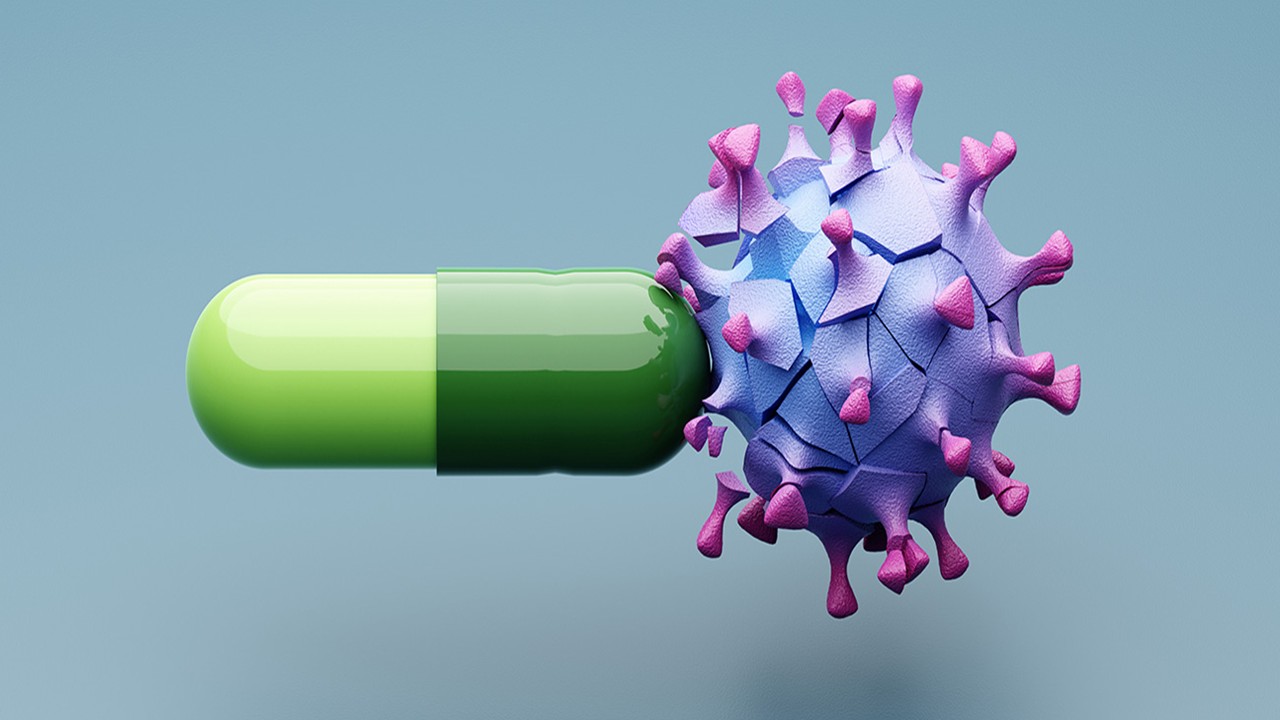
Infectious Diseases & Vaccinology
Interferon’s Gatekeeper: How SP140 Silences RESIST to Modulate Antiviral Immunity
SP140 mutations, linked to autoimmune diseases, are now mechanistically explained by the SP140–RESIST axis and its role in interferon dysregulation.
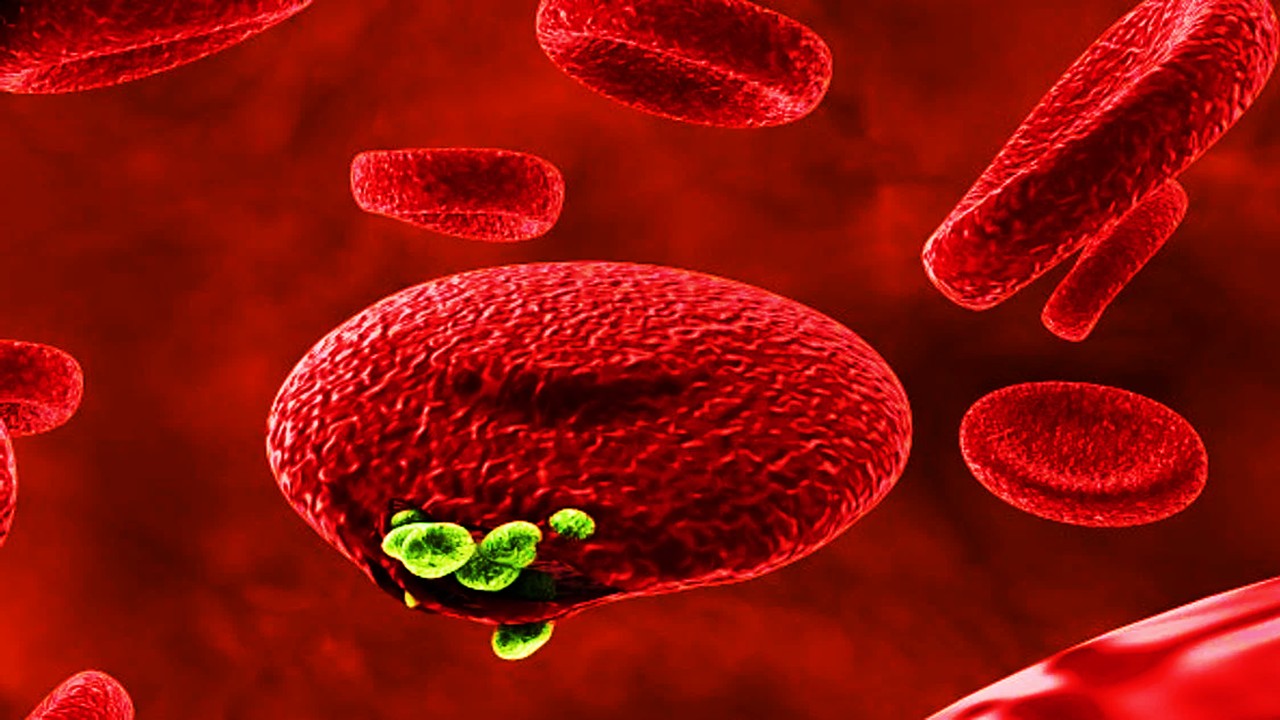
Infectious Diseases & Vaccinology
Primed by Parasites: How Malaria Exposure and Off-Target Immunity Shape RTS,S Vaccine Protection
RTS,S/AS02A leverages malaria’s immunological imprint to elicit both targeted and unexpected antibody responses, reshaping how we understand—and engineer—vaccine efficacy in exposed populations.
Read More Articles
Mini Organs, Major Breakthroughs: How Chemical Innovation and Organoids Are Transforming Drug Discovery
By merging chemical innovation with liver organoids and microfluidics, researchers are transforming drug discovery into a biologically precise, patient-informed, and toxicity-aware process.
Pathogenic Targeting 5.0: The Rise of RNA Therapeutics and Peptide-Based Drugs in Modern Medicine
Unlike traditional small-molecule drugs, which interact with proteins, RNA therapies modulate gene expression directly, enabling interventions at the root of disease.




